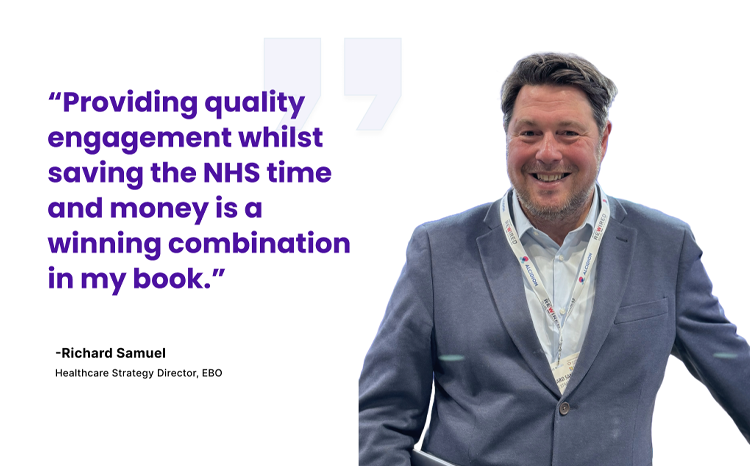Trusts using FDP treat 114 more patients a month on average
- 25 November 2024

- Hospital trusts using the NHS Federated Data Platform (FDP) have each treated on average 114 more inpatients in theatres every month since introducing the tool, according to NHSE data
- 87 NHS acute hospital trusts and 28 integrated care boards in the country have signed up to the FDP so far
- Since using the FDP, South Tyneside and Sunderland NHS FT reported a 37% reduction in the number of days patients remained in hospital after they were ready to go home
Hospital trusts using the NHS federated data platform (FDP) have each treated on average 114 more inpatients in theatres every month since introducing the tool, according to NHS England.
Data published on 22 November 2024 show that 87 NHS acute hospital trusts and 28 integrated care boards (ICBs) have signed up to the FDP, a rise from 75 acute trusts in September 2024.
The FDP brings together data currently held in separate systems, with the aim of making it easier for staff to access information so they can provide quicker and more joined-up care for patients across England.
NHSE did not answer a question from Digital Health News about what the individual trusts and ICBs are using the Palantir data platform for.
Ming Tang, chief data and analytics officer at NHSE, who will be a keynote at Rewired 2025, said: “The NHS FDP boosts efficiency and speeds up care and I’m delighted that over 100 NHS organisations have already signed up to use the service in its first year.
“Its many benefits include the ability to identify those on waiting lists for longest, highlighting issues that could lead to on the day cancellations of procedures, showing when operating theatres are lying empty and speeding up discharges so patients get home faster.
“Hospital trusts using the tool are seeing dozens more patients each month and we’re working with NHS organisations to bring these benefits to as many more patients as possible.”
NHS England wrote to trusts in July 2024 informing them that they must begin using the FDP and its analytic products within two years, a significant U-turn from what trusts were initially told at the platform’s launch.
An NHS press release said that South Tyneside and Sunderland NHS Foundation Trust, one of the FDP pilot sites, reported a 37% reduction in the number of days patients remained in hospital after they were ready to go home.
Anna Hargrave, divisional director of community services at the trust, said: “Over the past 18 months, this tool has enabled us to make better use of data to drive operational changes that have led to improvements in performance.
“This is hugely positive for our staff, who are enjoying better ways of working, and for our patients, who are able to safely leave hospital faster than they were a year and a half ago.”
Each hospital trust and local health system has its own version of the FDP, which comes with some ready to use products.
Additional products being tested include technology that identifies where patients could be treated faster at a nearby hospital and a tool that aims to help suspected cancer patients to be seen, diagnosed and treated sooner.
US data giant Palantir provoked widespread controversy when it was awarded a £330 million contract in November 2023 to operate the FDP, with concerns raised about the procurement process , the heavily redacted FDP contract and the company’s ethics.
Transparency and legal advocates, including the Good Law Project, openDemocracy and Foxglove have cited Palantir’s controversial reputation, owing to its association with US immigration services, spy agencies and military.





1 Comments
The implementation of FDP (Fast-Track Pathway) technology in trusts, which has allowed healthcare providers to treat 114 more patients per month on average, is an impressive example of how digital health innovations can improve patient outcomes and increase efficiency in the NHS. By streamlining processes and reducing wait times, this technology plays a crucial role in addressing patient backlogs and improving access to healthcare.
What stands out is the potential of such digital solutions to bridge gaps in healthcare delivery, especially in high-demand areas. With the pressures of an aging population and increased demand for services, it is clear that integrating digital tools into healthcare systems is essential for long-term sustainability. However, it’s also important to continually evaluate the effectiveness and accessibility of these technologies to ensure that they benefit all patients equitably. By embracing such advancements, the healthcare system can enhance service delivery and improve the overall experience for both patients and healthcare professionals.
Comments are closed.